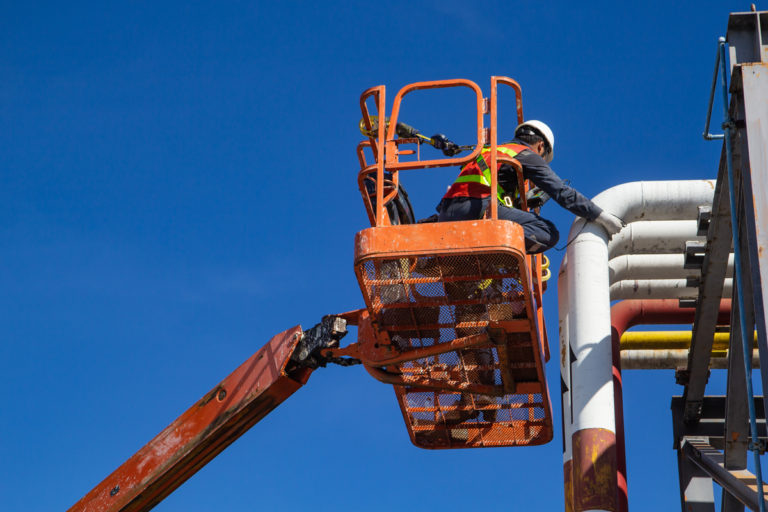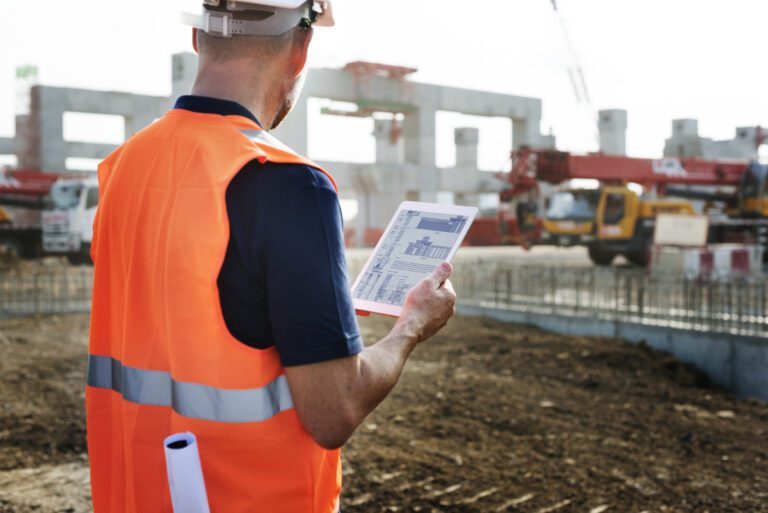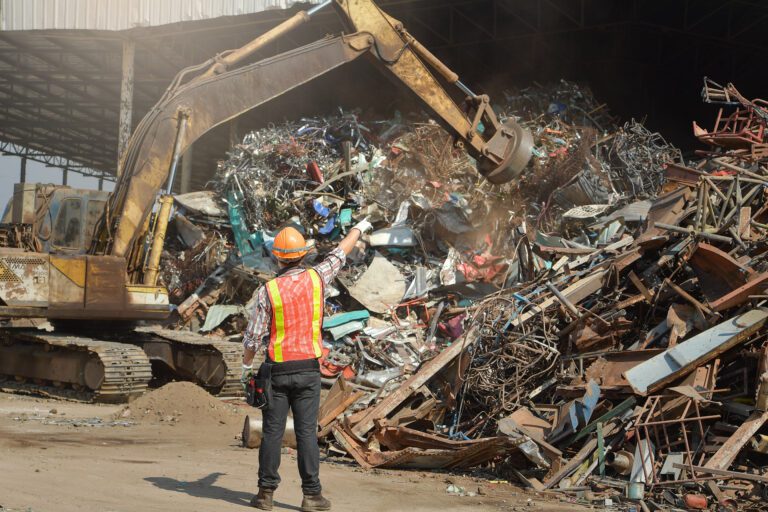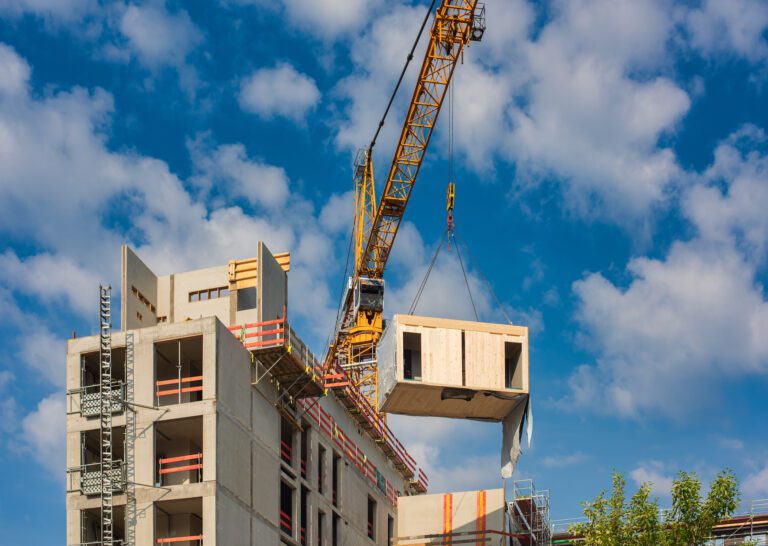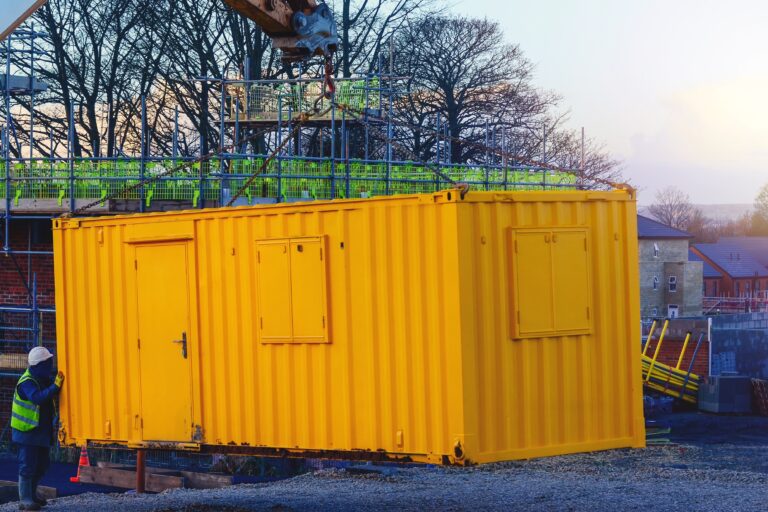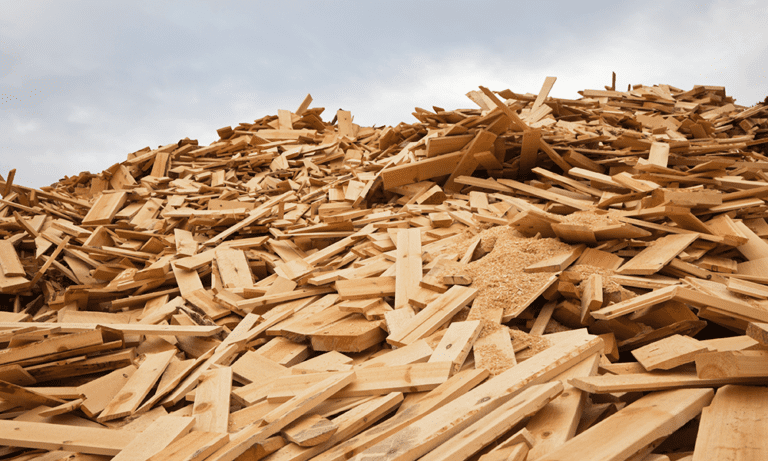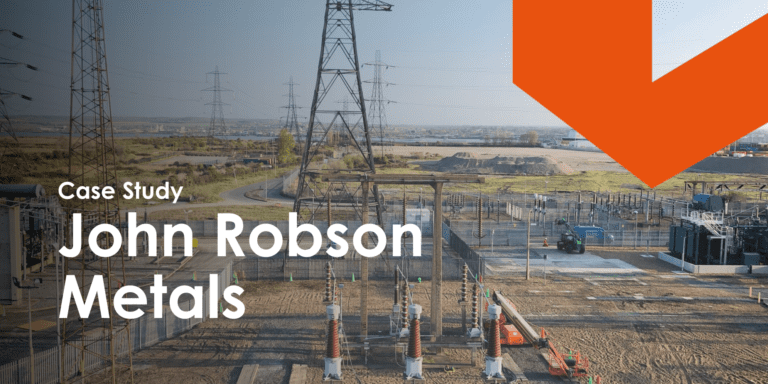1st March, 2022
5 Cranes You Need To Know About in Construction
Cranes are a staple in the construction industry but there are lots of different types. We'll explore the types of cranes & how they perform a specific task.
Cranes are an absolute staple in the construction industry and have been around for thousands of years.
In fact, records suggest that cranes were invented as early as 515 BC and were used back in Ancient Greece for water irrigation in Mesopotamia.
However, cranes really came to rise during the Industrial Revolution as they replaced a manual pulley system, which made jobs much quicker and easier. Nowadays, there isn’t just one type of crane for one particular job as there’s a whole range of different cranes, each capable of performing a specific task.
Whilst this is highly advantageous, it can make it more confusing when choosing the right crane for your particular project. And if you get it wrong, it can cause issues with deadlines and budget, which is something no project manager can afford!
But that’s where YardLink comes in.
We’re going to take you through the different types of cranes available to help you understand the capabilities of each, so that you can decide which one you need.

History of Cranes
We’ve touched on this slightly above, but who knew cranes had such a rich history? It would be silly not to look back and see where this millenia-old invention came from.
Whilst cranes date back to ancient Greece, they have since been used all over the world to build some of our greatest architectural structures. Many of your favourite landmarks and skyscraper buildings would never have been possible if it weren’t for the invention of the crane.
Aside from the Ancient Greeks, another group of early civilians who used a crane were the Egyptians. Whilst their version looked very different to what we are familiar with today, it performed the same job of lifting and transporting materials at height.
The cranes they used were made from wooden beams attached to a rotating base and cylinder drum. This mechanism also came complete with a rope and pulley system that obtained the necessary tension needed to lift heavy blocks of material.
The middle ages really fuelled the evolution of cranes as cathedrals and other monumental buildings demanded something more robust. Moving onto the Industrial Revolution, this gave humans a much needed break due to the introduction of a steam-powered engine which reduced the need for heavy manual labour.
Following this came the evolution of the electric motor which made cranes more powerful than ever before. The real triumph of crane technology though, came when steel substituted wood in manufacturing.
This increased a crane’s lifting capacity and made it suitable for a range of purposes on a construction site. This leads up nicely onto our next section as we explore the different types of cranes and what they can be used for.
What are the Different Types of Cranes?
Modern day cranes are available in a range of shapes and sizes so it’s about understanding what job you want the crane to perform.
This will dictate which type of crane you decide to hire as any piece of equipment should make your job quicker and easier.
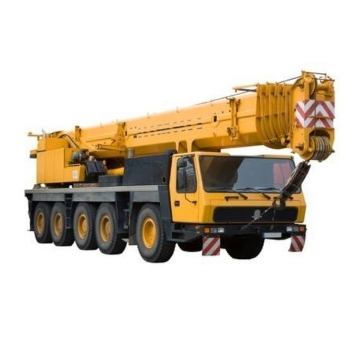
Mobile Crane
With mobile cranes, the clue is in the name, i.e. they are mobile and can be attached to different vehicles. In most cases, mobile cranes are mounted onto a wheeled vehicle. However, when they are being used to carry out construction work, they are adapted to move on the tractor.
For instance in railway work, they are adapted to travel on rail tracks so that they can be used to carry out different infrastructure work or repairs. If they are being used for construction work on waterways or bridges, there might be several cranes attached to barges. These are also known as floating mobile cranes.
In terms of design, the lifting arm is generally articulated to allow for rising and lowering as required. This often relies on a range of cables or hydraulic systems, and the entire structure might be fitted with outriggers to provide enhanced stability during on-site operations.
At YardLink, our mobile crane can be delivered to your site the next working day to avoid any delays or disruption to your project. There’s nothing worse than you and your team having to wait around wondering where your equipment is.
By hiring our products, you can be sure you’re receiving a professional service that understands the importance or having the right tools for the job.
Tower Cranes
Tower cranes are most commonly seen on urban construction sites and take the form of a balance crane.
This type of machinery is anchored to the ground and provides the perfect combination of both height and lifting capability. It is this useful blend that makes these cranes ideal when erecting multi-storey city buildings.
The design involves two horizontal arms extending from a central tower, with one arm being used to suspend the heavy loads whilst the other carries dense concrete blocks to balance out the weight.
A tower crane can be controlled in two different ways; either by a driver who sits high above in a small cabinet at the top of the tower, or a construction worker who operates the machine from the ground via a remote control system.
Due to their large size, tower cranes are often built in tandem with the building as they both grow in height together. Once the building is complete, the process is reversed.
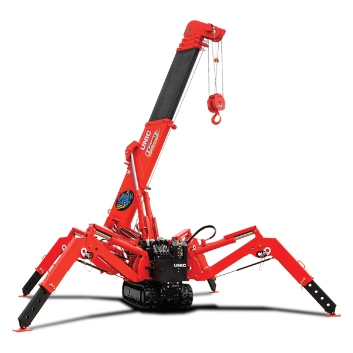
Spider cranes
What do you think a spider crane looks like?
A spider?
Top marks for you, it certainly does.
These types of cranes are ideal when you’re operating in tight, confined spaces. They are suitable for a wide range of lifting tasks above or below ground and are popular choices across construction sites and factories.
Some models can even fit through a standard or double doorway, which makes them very popular choices on the market today. They often provide the solution to a challenging lifting situation as they can get much closer to the lift compared to a traditional crane. They also help to minimise disruption and can also save you time and money – another big plus for any construction manager!
The compact design of the spider crane also means fewer preparations are required for the delivery of the crane itself. This does, however, depend entirely on the nature of the site and the project at hand.
In terms of cost, the spider crane is a much more cost effective option as there is less disruption to existing site operations. In turn, this can help keep the workflow on site efficient and smooth and ensure you get the maximum productivity out of your employees.
Spider cranes can also be used across rough terrain due to their versatile outrigger configurations. These outriggers are designed to stabilise the crane even when they are working on slopes or uneven surfaces, which makes them useful pieces of equipment for a multitude of applications.
The spider crane from YardLink can be used across a variety of tasks and is super easy to order. Simply set up your online account in minutes and get access to all of the tools you could possibly need!
Telescopic Crane
A telescopic crane is driven by a hydraulic mechanism and features a set of concentric tubular steel booms which can be easily extended and withdrawn to change the operational height of the crane. This makes it easier for workers to complete construction tasks and reach great heights quickly and easily.
Telescopic cranes are very useful pieces of machinery and are often used for day-to-day hauling operations on site such as transporting loose materials. Its capabilities are not only limited to the construction sector as these types of cranes are often used by rescue services when saving boats from the water, or to provide help during natural disasters.
There are various benefits to be enjoyed from using a telescopic crane; the first being that it is usually mobile in design. Whilst it is considered a fixed crane, lots of telescopic cranes can be mounted onto a truck and transported to and from different worksites.
Furthermore, due to the capability of their boom being able to collapse and compact itself, telescopic cranes are very adaptable for a multitude of situations, such as short-term construction jobs and also in situations where space is limited. Telescopic cranes are also very quick to set up which is why they are an ideal choice for emergency or rescue jobs.
Another advantage of this type of crane is the precision they provide. They can place heavy loads exactly where they need to be whilst being easily manoeuvrable.
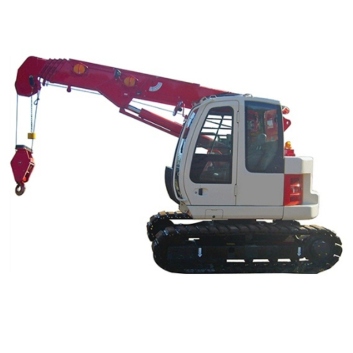
Mini crawler crane
A mini crawler crane is a compact and versatile machine, capable of lifting heavy loads to hard to reach areas. Defined by their small footprint and minimal tail swing, these machines are great for transporting materials on a wide range of worksites.
However, don’t let their small footprint fool you! A mini crawler crane is very powerful, and thanks to advancements in technology, it has both the muscle and strength to lift heavy loads.
They also use an innovative load distribution system that doesn’t require an outrigger. Therefore, this type of crane can boast 360 degree slewing with almost no tail swing, making it a perfect choice for urban worksites.
For starters it reduces disruption and gets the job done faster, and it also requires less access planning on existing sites. Mini crawler cranes are also designed to be used just about anywhere which makes them very versatile pieces of machinery.
They offer a solution in lots of scenarios where traditional cranes would struggle such as landscaped areas, greenfield sites, and uneven ground. As such, they are a cost-effective option for challenging job sites as project managers do not need to worry about hiring/ purchasing additional pieces of equipment to get the job done.
At YardLink, our mini crawler crane is capable of carrying heavy loads and provides an all-rounder solution for construction projects, tough installations, and renovations. We’re also committed to providing a service you can trust; that’s why we connect you to a network of local plant suppliers to deliver the tools you need.
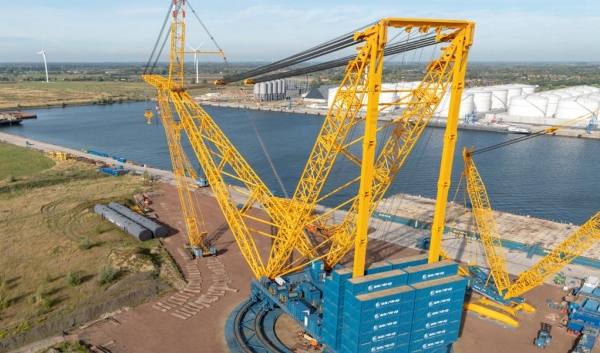
What is the Biggest Crane in the World?
Now that you understand the different types of cranes and their capabilities, let’s take a look at who is the biggest of them all! Who stands up the tallest in the construction industry, and has been given the title of biggest crane in the world?
Currently,"Big Carl" is the biggest crane in the world with a maximum height of 250 metres and its longest main boom coming in at 160.5 metres. In terms of lifting capacity, it can carry 5,000 tonnes, which is the equivalent of 50 blue whales. That’s a whole lot of weight!
Now you might be wondering, how much does a crane of this magnitude cost?
Well, "Big Carl” is an in-house built crane by Belgian heavy lifting specialist Sarens, therefore, the total cost is unknown. However, it is believed that the crane could cost millions of euros.
5 Cranes You Need To Know About in Construction
==================================================
From the spider crane, to the biggest crane in the world, there you have your total rundown of the different types of cranes operating in the construction industry.
Hopefully after reading this post, you feel more confident when choosing a crane to hire for your next project as it’s about understanding what you want the crane to do. For instance, if you’re working on uneven ground or a slope, consider the mini crawler crane. Or perhaps you’re building a skyscraper building and need something capable of extending to large heights? In that case, a tower crane would be most suitable.
If you have any questions about your project requirements and would like some guidance about which tools you require, then get in touch with a member of the YardLink team.
We provide an easy, one-stop shop for all construction workers, allowing you to find and hire all of your equipment from one place. This saves you time sifting through the internet trying to find reputable hire companies as it all lives under one roof at YardLink.
Want a straightforward, easy-to-use tool hire service? Then create your own YardLink account in minutes and cherry pick the tools you need!
YOU MIGHT ALSO BE INTERESTED IN

